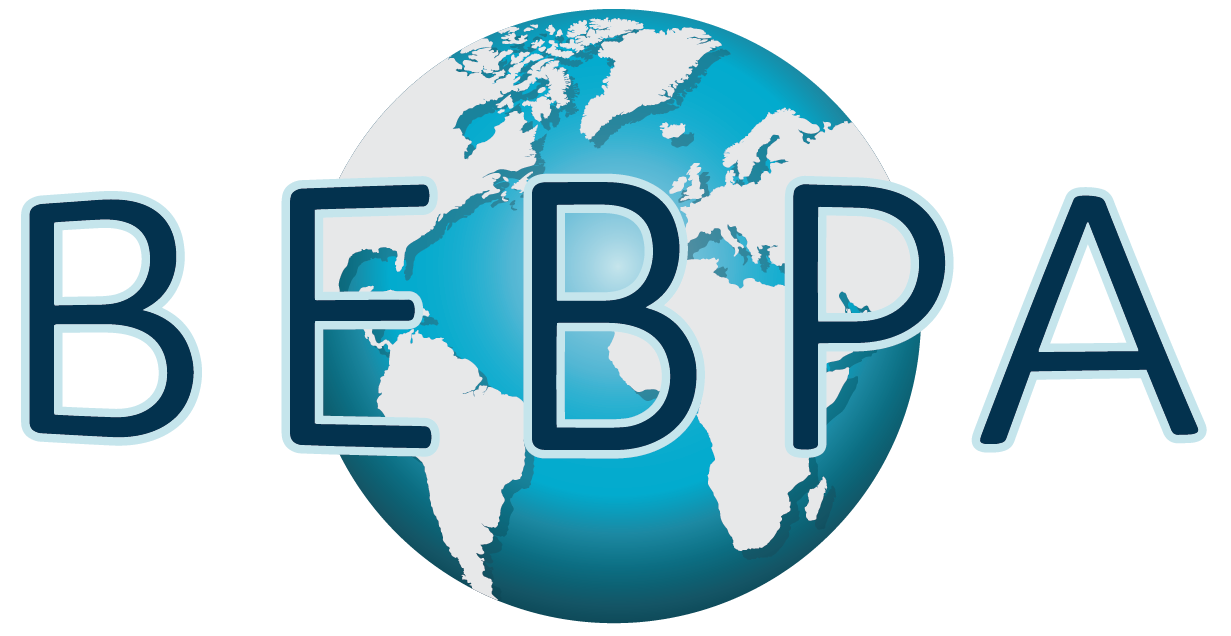Tech Briefing: Ins and Outs of Data Analysis for Potency Calculations
More than any other analytical method in the biopharmaceutical industry, the potency assay requires a in-depth knowledge of statistics. Most potency assays are cell-based relative potency assays. The readout is quantitative and requires assessing similarity of reference vs. test sample dose-response curves. Just to set up the data analysis, one must understand modeling and determination of similarity of dose response curves for reference material and test samples. Most analytical scientists have taken a college class (or maybe two) of applied statistics. This means that most of us know how to calculate averages, means and medians, and perhaps even calculate the confidence interval of these datasets.
Tech Briefing: FDA Guidances for Assessing and Assuring the Potency of Cell and Gene Therapy Products
The FDA has two guidances about the potency of Cell and Gene Therapies (CGT). The most recent was released December 2023 entitled Potency Assurance for Cellular and Gene Therapy Products Draft Guidance for Industry. The older guidance entitled Guidance for Industry Potency Tests for Cellular and Gene Therapy Products has been around since 2011.
Tech Briefing: Potency Assays for Biosimilar Products
When the concept of “generic biotech products” (Biosimilars) was first introduced in the early 2000’s, many innovator companies confidently stated that it would never happen. Their rationale? Biopharma products were inherently too complex and the manufacturing process too critical for a generic version to really be sufficiently similar to the innovator product. Oddly enough, I remember the same people attending the WCBP (Well-Characterized Biotech Products) conference in Washington DC claiming the products were so well characterized they could be regulated similar to drug products. That is to say, the product was not the process, but instead, the product is a well-defined molecule and therefore, manufacturing changes could be made without requiring new clinical trials.
Tech Briefing: Ins and Outs of Data Analysis
Establishing a potency assay to release a biopharmaceutical product is challenging in that we are attempting to harness biology (cells, enzymes, biomarkers, etc) to give us reliable and accurate values. Naively, as bioassay scientists, we often think this is what sets us apart from other, more “simple”, physical/chemical analyses. We work very hard and may accomplish getting a nice, satisfying dose-response curve:
Tech Briefing: Improving the Bioassay Experience
If you are in the trenches trying to understand the Mechanism of Action of your drug product (DP), gathering the biological reagents and generating a dose-response curve, it is difficult to remember that at some point, the assay must be phase appropriate, efficiently developed, and efficient to run in the laboratory.
Product Potency Standards Throughout The Life Cycle of the Potency Assay
The determination of the potency of the RS throughout a product’s lifecycle needs to be accurate, precise, reliable, and consistent across time and across multiple batches of reference standard, even in the face of changing characteristics of the dose-response curve. This is a particular challenge early in product development when often only Interim Reference Standards (IRS) are available and no higher-order standards (e.g., a Primary RS) are available for comparison throughout the development cycle.
Reference Material for Late Stage Potency Assay Development
Reference material is a critical reagent for nearly all CMC release assays for biotherapeutic products. Potency assays are particularly reliant upon the use of a reference standard in the daily use of the assay. As a relative assay, potency is both assigned from and assessed for similarity to the dose-response curve of the reference during each run. Thus, if you get the reference material even slightly wrong, you will experience more aberrant Out-of-Specification Results, more system suitability failures and an overall decrease in the manufacturability of the product.
How Much Can We Reduce The Complexity of Bioassays?
In some respects, the key to developing a robust and reliable potency assay is all about simplification. If the biology is simplified, the reagents characterized and the protocol automated as much as possible, the assay will be more QC friendly.
This year at our EUR Bioassay conference, we have multiple talks focusing on how your colleagues simplified and improved their assays.
2023 EUB Conference Survey Results (PDF)
BEBPA Blog 2023 EUB Conference Survey Results (PDF) View PDF Survey
2023 EUB Workshop Survey Results (PDF)
BEBPA Blog 2023 EUB Workshop Survey Results (PDF) View PDF Survey
